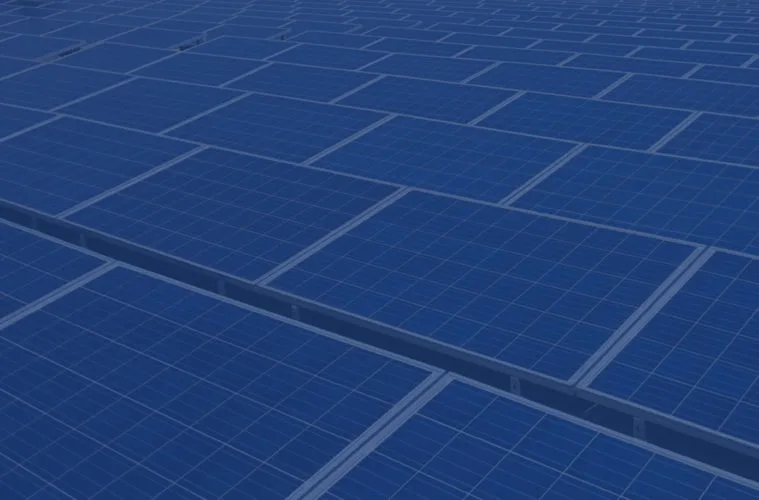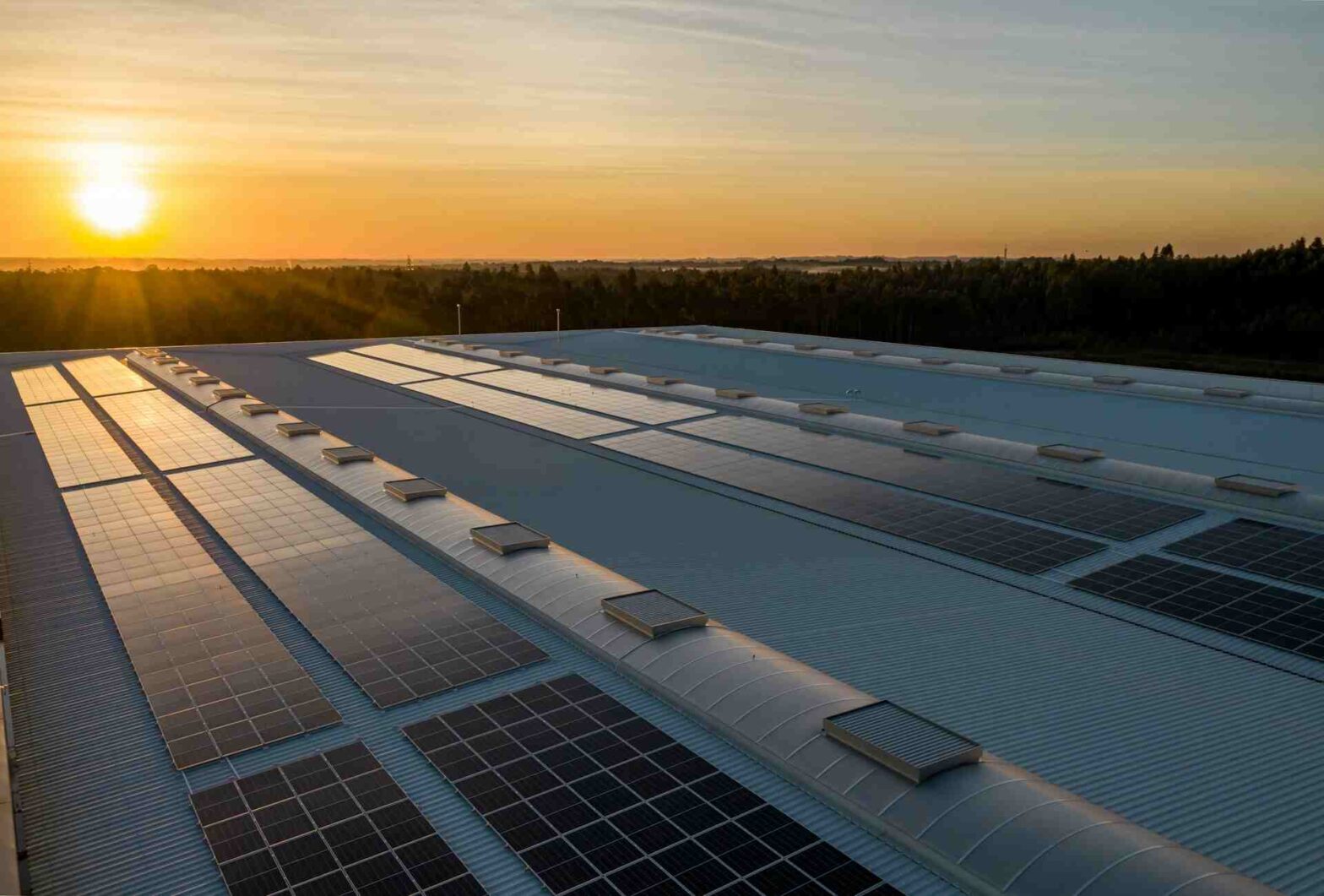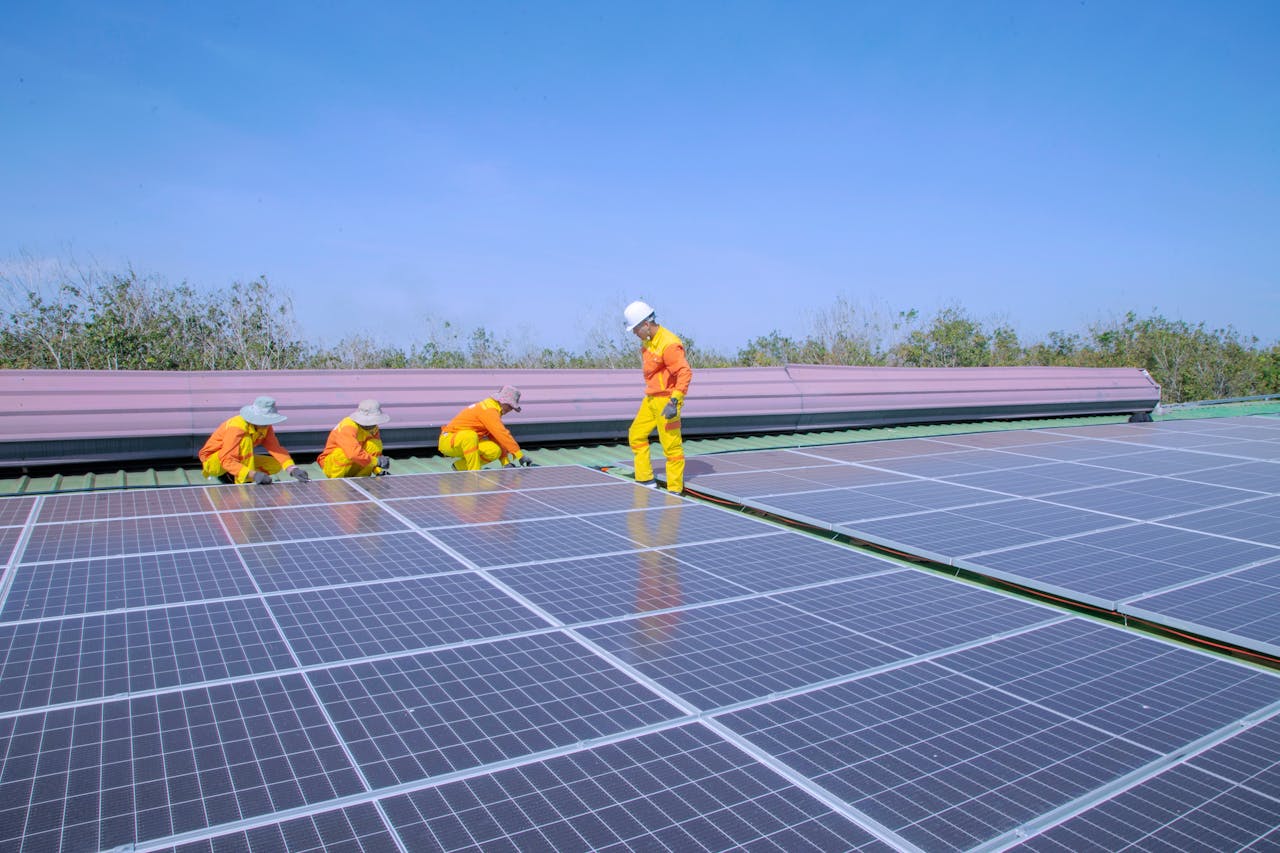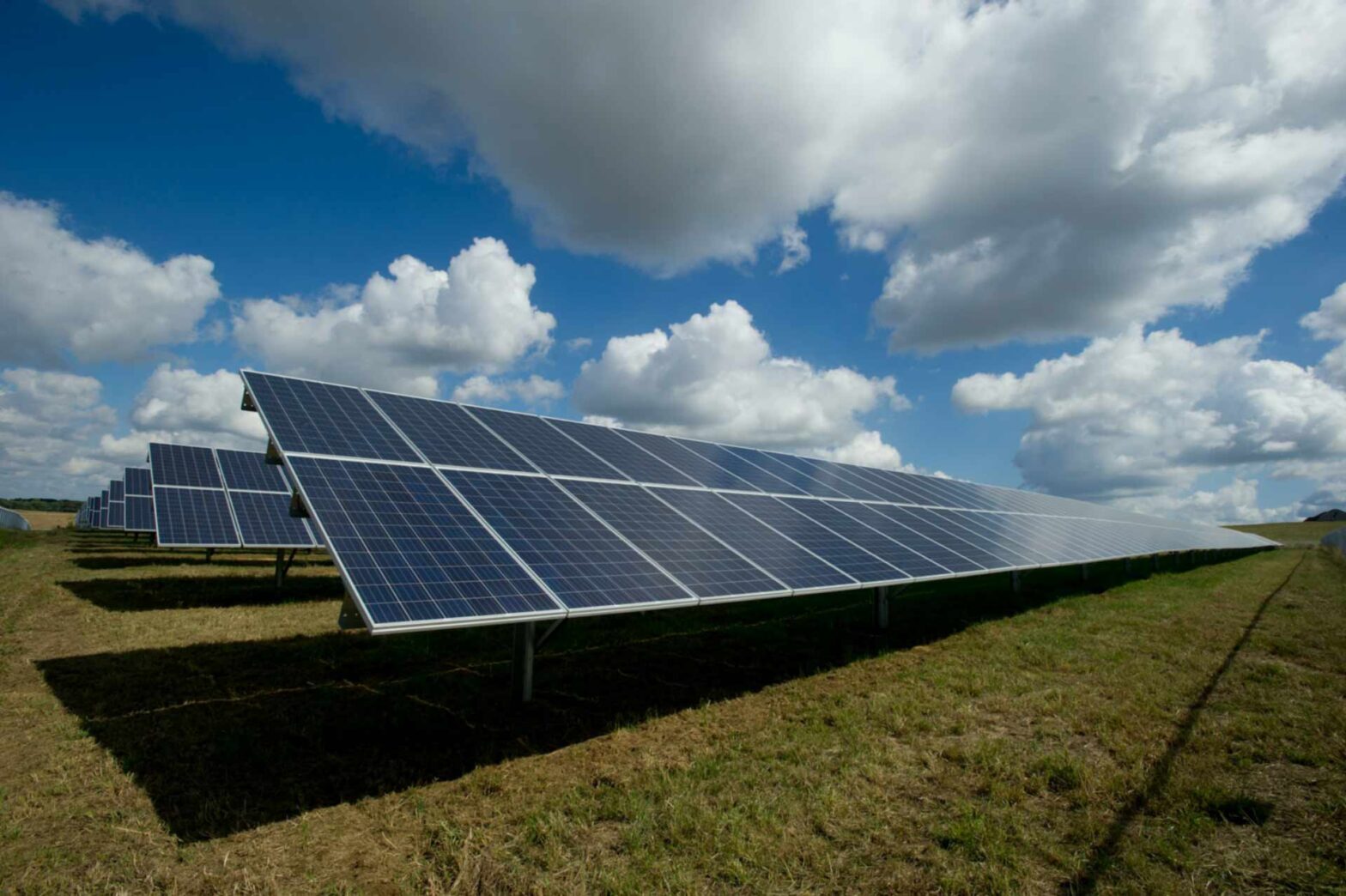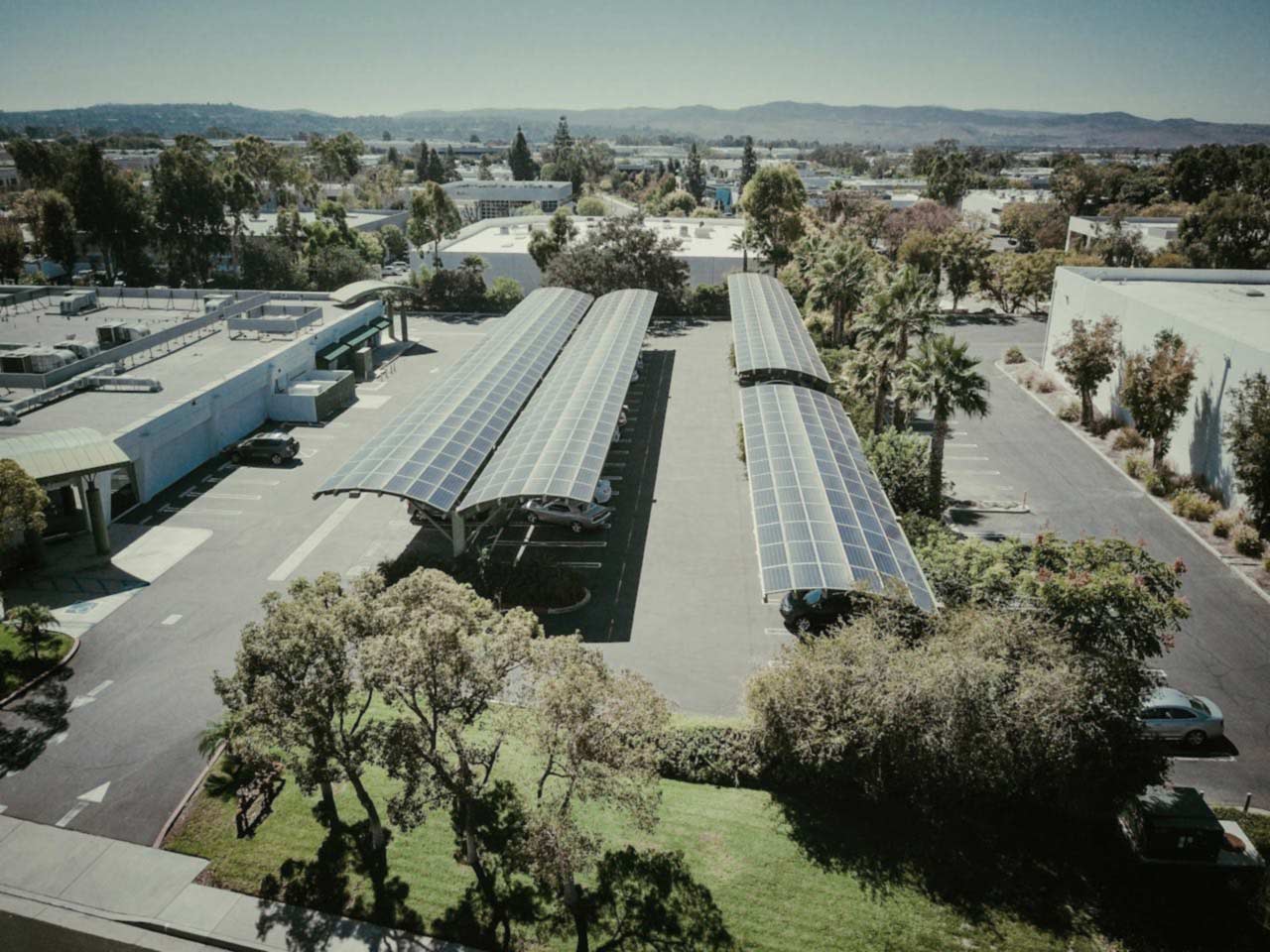The energy of the sun reaches everywhere, with nearly all conceivable physical forms receiving varying degrees of solar irradiation. Therefore, the opportunity of building solar plants that work to absorb the irradiation received by water bodies presents itself as the next big step in expanding the reach of the solar industry. Here, we discuss canal-topped and floating solar panels.
Canal-Topped Solar Power Systems
Canal top solar projects are wherein the broad, uncovered surface area of channels is used to harness the received irradiation. Canal-topped power plants are typically constructed such that the mounting structure of the solar module is raised over the surface of the canal.
Key Benefits of Canal Topped Solar Projects:
Optimal land use: Instead of requiring additional land, this project utilizes existing infrastructure.
Water conservation: Studies indicate that a 20 MW solar canal could conserve 150-200 million liters of water annually by decreasing evaporation.
Algae growth prevention: Solar panels on canals effectively decrease algae overgrowth by shading the water and allowing for better flow.
Easy implementation: These programs can be easily incorporated into existing power and water supply systems without disruption.
India’s first major canal-topped solar project was launched in Gujarat with an installed capacity of 10 MW, setting a precedent for future large-scale implementations.
Floating Solar Power Plants: Harnessing Solar Energy from Water Bodies
Floatovoltaics, usually called floating solar, refers to the mounting of solar panels onto floating beams which are able to produce energy while resting atop still water bodies like lakes, dams and even reservoirs.
Advantages of Floating Solar Power Plants:
Enhanced Temperature Control: Bodies of water decrease heat loss, which in turn allows solar panels to function at cooler and more effective temperatures, ultimately prolonging their longevity.
No Land Acquisition Required: Floating solar projects eliminate the land constraints often associated with traditional ground-mounted solar farms.
Enhanced Power Generation: By mitigating heat-induced efficiency losses, floating solar installations improve overall energy yield.
Minimal Environmental Impact: These projects make use of non-agricultural water surfaces, reducing disruptions to ecosystems.
Challenges of Floating Solar Installations:
High initial costs: Specially designed floating platforms and anchoring systems add 30-50% additional cost compared to land-mounted solar projects.
Complex Logistics: Transporting large floating components requires careful handling to prevent damage.
Weather Resistance: These structures are designed to withstand wind speeds exceeding 190 mph and wave heights up to 2 meters, making them robust in various climatic conditions.
India is presently engaged in the investigation of extensive floating solar options, as NTPC has called for proposals for 100 MW solar initiatives in Telangana to advance its renewable energy expansion endeavors.
The Future of Water-Based Solar Energy Solutions
The increasing need for eco-friendly power sources has created a promising prospect for solar energy firms to broaden their reach through innovative projects that integrate canals and water surfaces with solar panels. By leveraging the previously underutilized potential of aquatic solar installations, the renewable energy sector is poised to stimulate creativity and optimize performance.
Partner with Enerparc for Advanced Solar Energy Solutions
Partner with Enerparc for cutting-edge solar energy solutions. A leading solar energy provider, Enerparc focuses on creating unique and environmentally friendly solar projects tailored to your energy needs. Discover our expertise in floating and canal-based solar technologies and move towards a more sustainable tomorrow.
